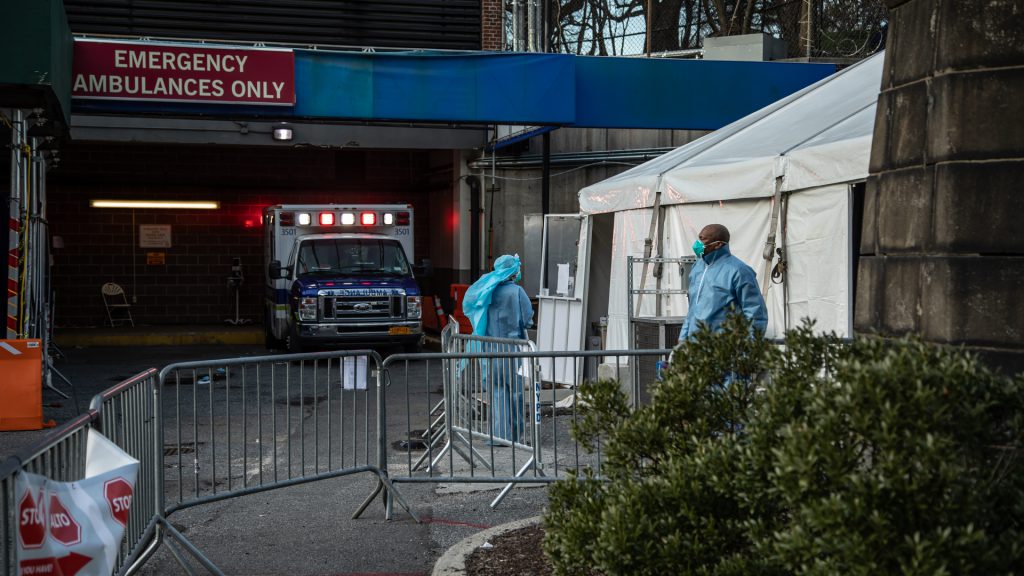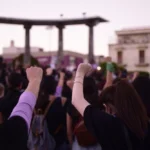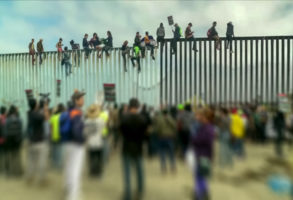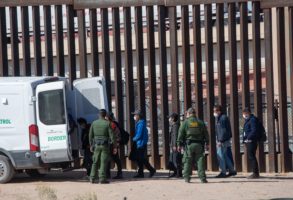
Published April 3, 2020
Faced with the greatest public-health threat in a century, we are stumbling in the dark. Each day’s death toll is treated as a shock, rather than what it ought to be treated as — a fire bell in the night.
Only on April 1, for example, did Florida governor Ron DeSantis issue a stay-at-home order. As recently as March 28 — even as refrigerator trucks were parking outside New York hospitals to serve as overflow morgues — many of Florida’s beaches were packed. Responding to criticism, DeSantis said he was taking cues from the White House. “If any of those task-force folks tell me that we should do X, Y, or Z, of course, we’re going to consider it.” President Trump initially praised DeSantis for this, calling him “a great governor who knows exactly what he’s doing” but apparently thought better of it later and encouraged DeSantis to issue the stay-at-home order.
Not to pick on DeSantis too much, but he is emblematic of the scattershot approach that is failing so badly to meet this crisis. As recently as March 31, he said it was up to “locals” to enforce public-health guidelines. “I was flying out of Miami yesterday, looking at beaches with signs saying they were closed,” he said. “Were there people out there? Damn right there were. It’s just unfortunate, but no matter what you do, you’re going to have a class of folks who are going to do whatever the hell they want to.”
Actually, states have considerable power to enforce public-health measures. In Virginia, violators of the stay-at-home order face fines of up to $2,500 and one year in jail or both. In Maryland, the fines can go up to $5,000. Courts tend to defer to states when public-health emergencies arise.
Meanwhile, the federal government, personified in President Trump, lurches from alternative-reality boosterism such as his March 24 statement that he hoped to open up at least part of the country by Easter, to relatively sane projections of two “tough” weeks in the offing on March 31. He boomerangs. In the morning on March 28, he treated the tri-state area of New York, New Jersey, and parts of Connecticut to twelve hours of panic about possibly ordering a two-week quarantine of the region, only to back down in the evening.
The nightly briefings are his stage. As bodies pile up, a worried public tunes in. He mistakes this for popularity. He tweeted: “Because the ‘Ratings’ of my News Conferences etc. are so high, ‘Bachelor finale, Monday Night Football type numbers’ according to the @nytimes, the Lamestream Media is going CRAZY.”
His self-absorption cannot be penetrated even by a national tragedy. This is, after all, the man who responded to 9/11 by noting that he guessed Trump Tower would now be the tallest building in Manhattan.
What the president should be doing is calling together the nation’s governors to request that every single state issue enforceable stay-at-home orders for a three-week period. If strictly adhered to, the lockdown would curtail the virus’s spread. While that was in effect, the president could focus on his proper role — not performing for the cameras, but managing the nationwide shortage of personal protective equipment for health-care workers and ventilators for coronavirus patients. He could be coordinating efforts to get testing kits to the entire nation. It makes no sense for 50 governors to be bidding against one another and against FEMA for essential supplies. As New York governor Andrew Cuomo put it, “it’s like being on eBay with 50 other states.” The federal government should be the buyer for whatever ventilators and other supplies can be found and should then distribute them around the nation as needed. The disease is not hitting everyone at once. New York, Washington, and New Jersey should get priority now and then turn over the machines to other states later.
President Trump did speak to the nation’s governors on March 30. “I want them to be appreciative,” he said, of the governors and the states. “We have done a great job. I am not talking about me, I am talking about Mike Pence and the task course and the Army Corp. of Engineers.” When Governor Steve Bullock of Montana explained that his state was only one day away from running out of tests, the president became defensive and switched to pitch-man mode: “We’ve tested more now than any nation in the world. We’ve got these great tests, and we come out with another one tomorrow that’s, you know, almost instantaneous testing. But I haven’t heard about testing being a problem.”
If the president really believes that, it’s frightening, because pretty much every sentient person in the country is aware of the testing-kit shortage. If he doesn’t believe it, it’s even more alarming, because it shows that he has not abandoned the false reassurance he offered the country throughout January, February, and part of March.
© 2020 Creators.com
Mona Charen is a syndicated columnist and a senior fellow at the Ethics and Public Policy Center.








